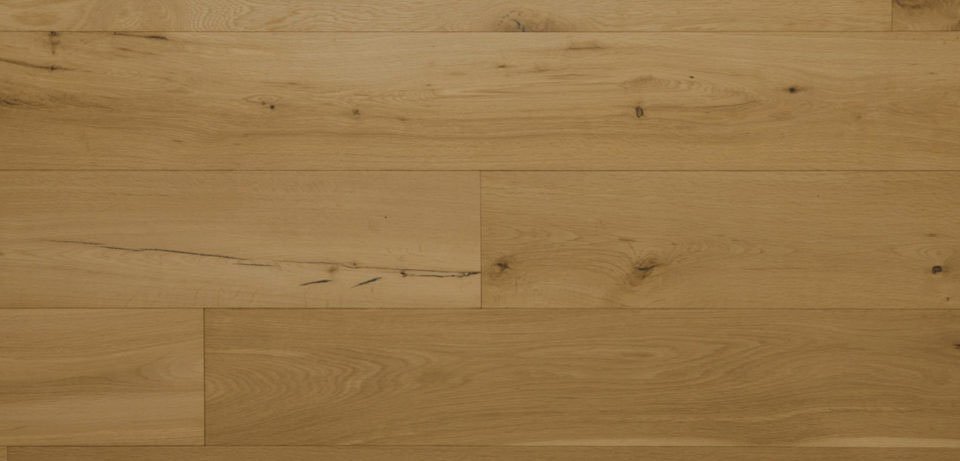When it comes to durability, both traditional and engineered hardwood have their drawbacks. You can sand down the top layer to get rid of scratches and dents but, you are limited in the number of times you can perform this process. If your floor is going to be subject to high foot traffic or excessive moisture, you might want to consider vinyl flooring. Vinyl flooring, also called vinyl plank flooring, gives the home or business owner an option of adding style and value to their property, without the constant maintenance required of traditional solid or engineered hardwood floors.
Vinyl flooring is comprised of several layers. The top layer is a UV coating, followed by a wear layer. These two layers protect the floor from sunlight, scratches, and dents. When you look at vinyl flooring, you see the decorative layer. The decorative layer is a high-resolution image that comes in a variety of different designs. You can choose anything from wood grain to natural tile, or stone. The back layers are made of fiberglass, PVC, and vinyl. The locking system is made from the back layers. Fiberglass, PVC, and vinyl are used for the locking system to increase the strength of the vinyl flooring. Once in place, the joints are waterproof; thus adding an extra layer of protection to the subfloor.
One of the best qualities of vinyl flooring is that it is waterproof. The back layers allow for the joints of the locking system to fit tightly in place and prevent water from seeping through any cracks. Because plank flooring is waterproof, it can even be installed outside on a porch or deck. Plank flooring is the preferred choice for businesses, complexes, and high traffic applications that see large amounts of foot traffic or are exposed to large amounts of water or moisture.
Another benefit to vinyl flooring is the ease at which it can be installed. Unlike traditional hardwood flooring, there is no need for nails or glue. In fact, it doesn’t even require a bunch of tools to install. The installation process is as easy as lining up the grooves of the locking system and lowering the planks onto the floor. The installation process does not take long, and you can usually install vinyl flooring in several rooms in a day or two. Unlike traditional wood floors, there is no need to apply a sealant or finish to get the desired coloring you want.
There are virtually no limitations on where you can install vinyl flooring. You can even install it on top of concrete because it is a floating floor. However, it is recommended that you use padding underneath the planks to add comfort and sound resistance to your floor. If you want to put it in the bathroom or laundry room, go ahead because it is waterproof; you don’t have to worry about moisture damaging the floor. Just simply use a towel or cloth to wipe up the water, and you are done.
The last thing you want to do after a long day of work or during your free time on the weekends is to spend time maintaining your floors. Plank flooring allows you to have the look of traditional hardwood floors, without the required maintenance. If the floor gets dirty, simply clean it off with a wet towel or handy disinfectant cloth. Because of the wear layer, you don’t have to worry about kids or pets damaging your floors as they run around the house.

